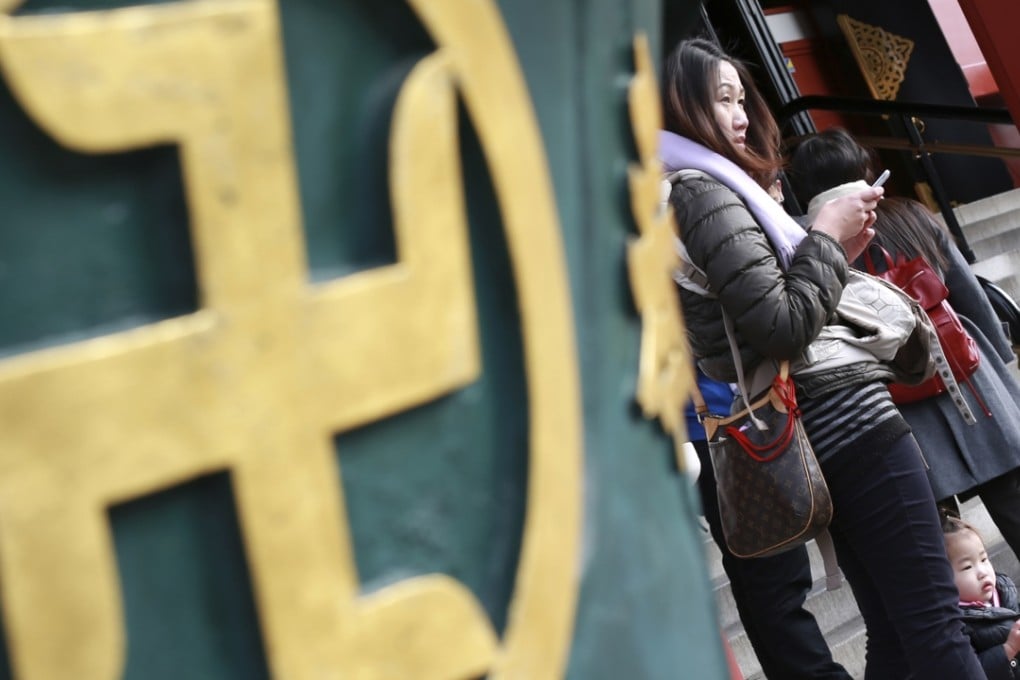Japan considers dropping traditional ‘manji’ symbol from Buddhist temples to avoid confusion with Nazi swastika
The swastika in Japan – which usually points counterclockwise, the reverse of the Nazi symbol – has been used for centuries in Buddhist decorations and to denote Buddhist temples on maps.

As Japan gears up to host the 2020 Tokyo Olympics and caters to a surging influx of foreign visitors, the country faces a cultural dilemma: Should it stop identifying Buddhist temples on maps with the traditional manji symbol that is often confused with a Nazi swastika?
The symbol, from ancient Sanskrit, means happiness and prosperity. It has been used for centuries by Hindus and Buddhists, and has turned up in archaeological digs in Europe. But many Western tourists associate it with anti-Semitism and the Holocaust because the emblem was adopted by Nazi Germany to try to enhance a sense of ancient lineage.
Some people say the manji symbol could remind them of the hakenkreuz symbol, which was created much later in history
The swastika in Japan – which usually points counterclockwise, the reverse of the Nazi symbol – has been used for centuries in Buddhist decorations and to denote Buddhist temples on maps.
At Sensoji Temple, a top tourist destination in Tokyo, a big gold manji emblem appears on a pair of lotus-shaped bronze ornaments, while smaller, more subtle ones decorate roof tiles. It’s even an official emblem for Hirosaki, a city in northern Japan.
In a report released last month, a government panel at the Geospatial Information Authority proposed a three-tiered pagoda symbol to replace the swastika. It is one of 18 suggested icons for landmarks like hospitals and convenience stores for foreign-language maps, part of a broader push to create user-friendly maps for the growing number of foreign tourists, which jumped more than 40 per cent last year to a record 19.7 million.
A final decision is expected in late March following a period of seeking public comment.
Japan’s main Buddhist group is nonchalant because the change doesn’t affect domestic maps and therefore likely won’t alter perceptions at home.